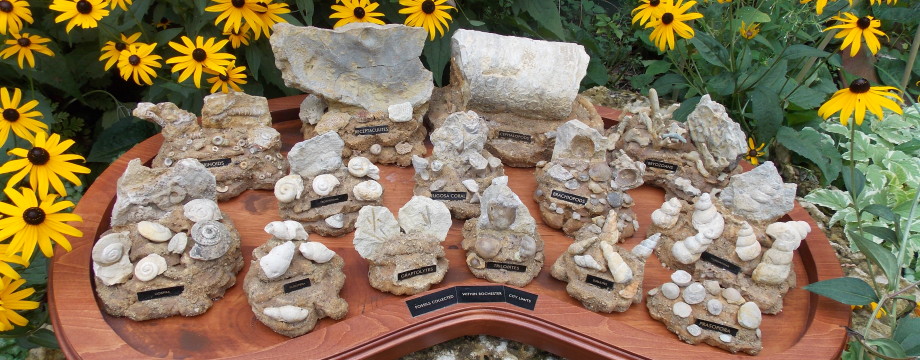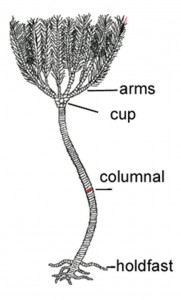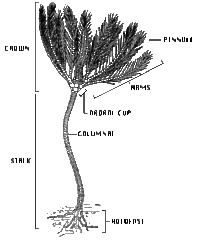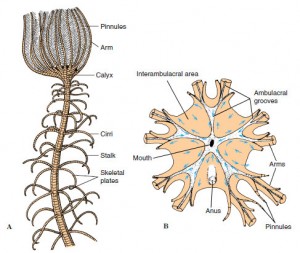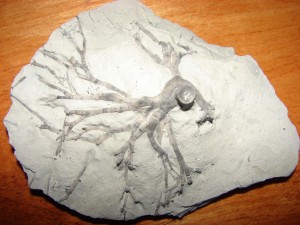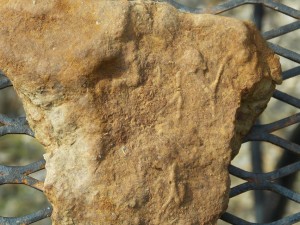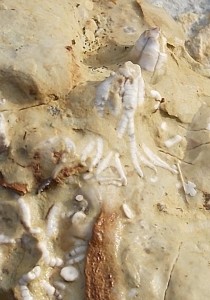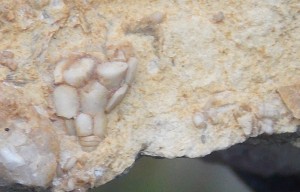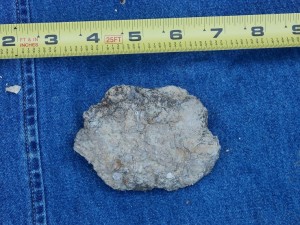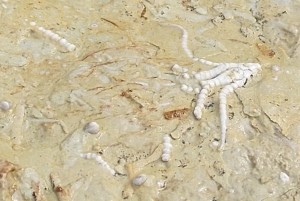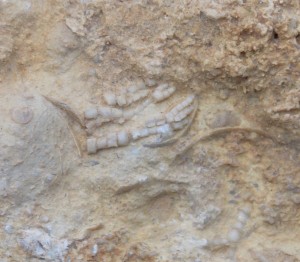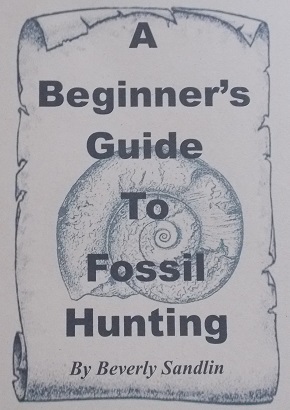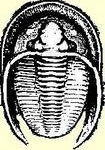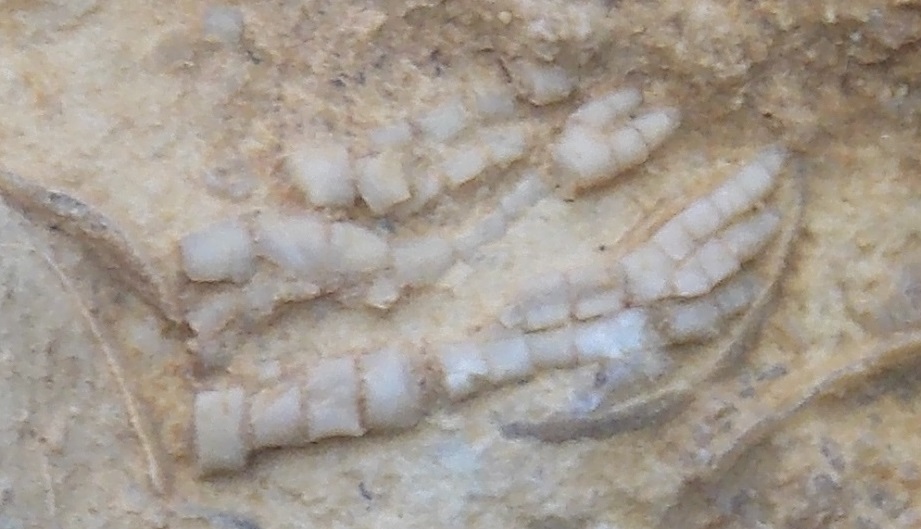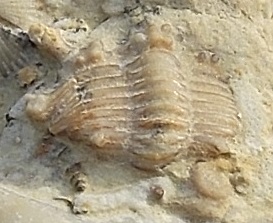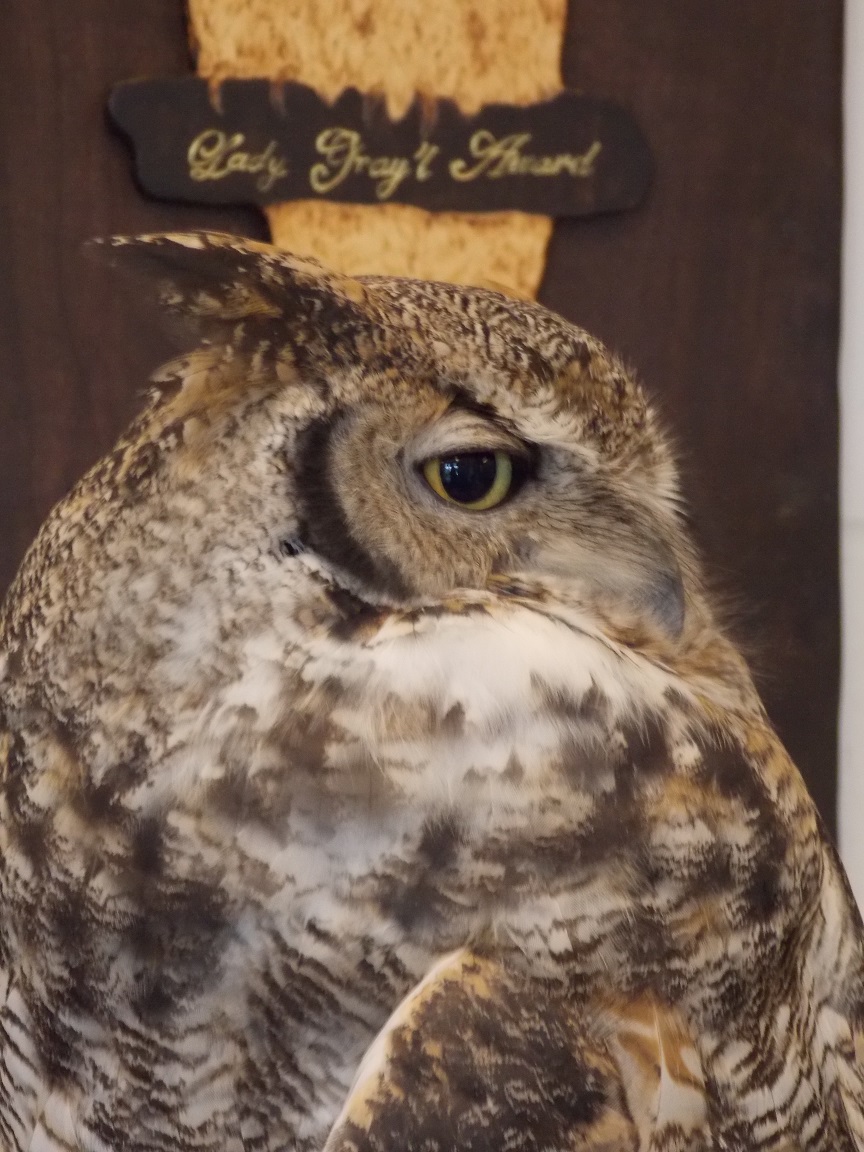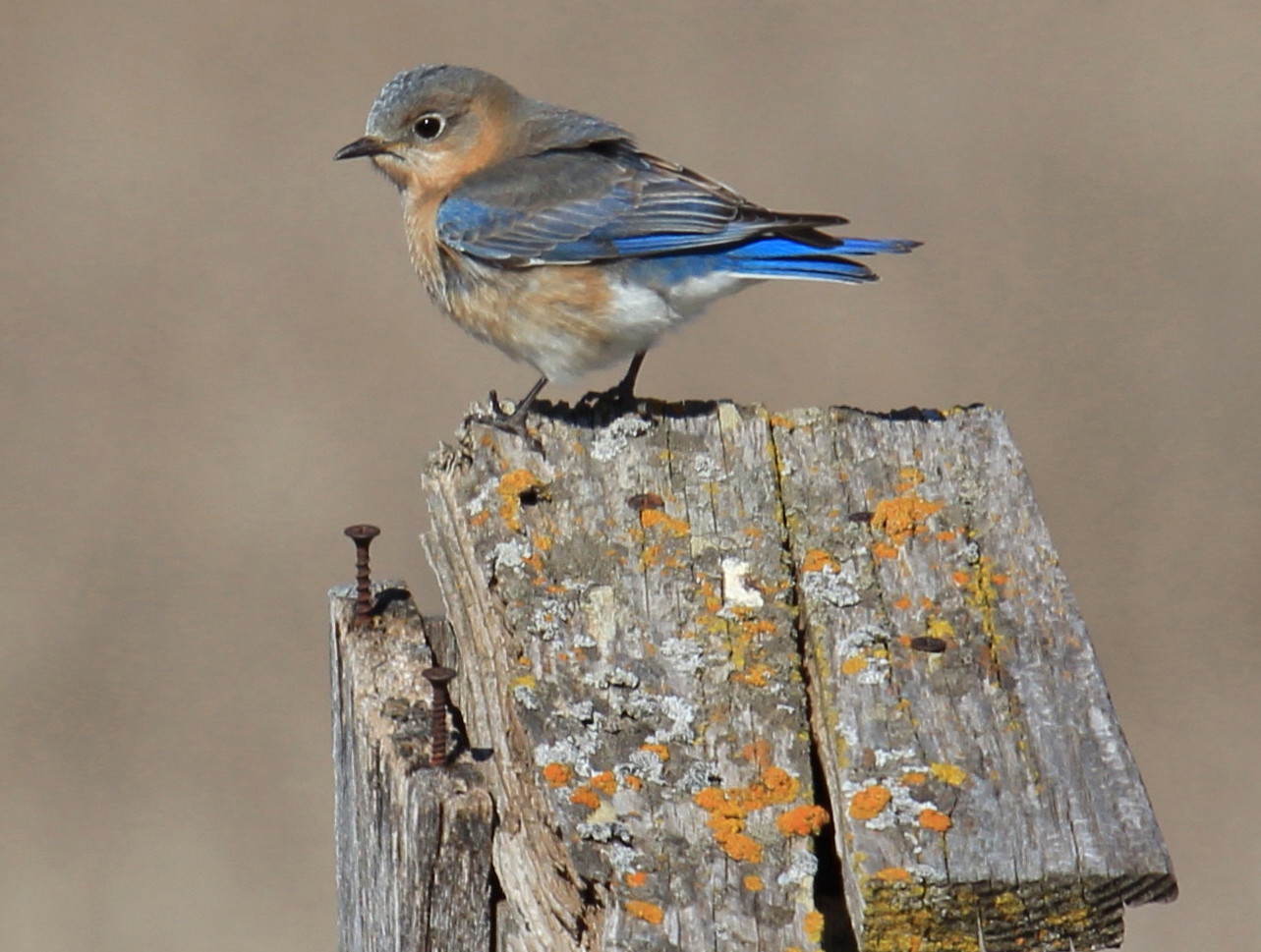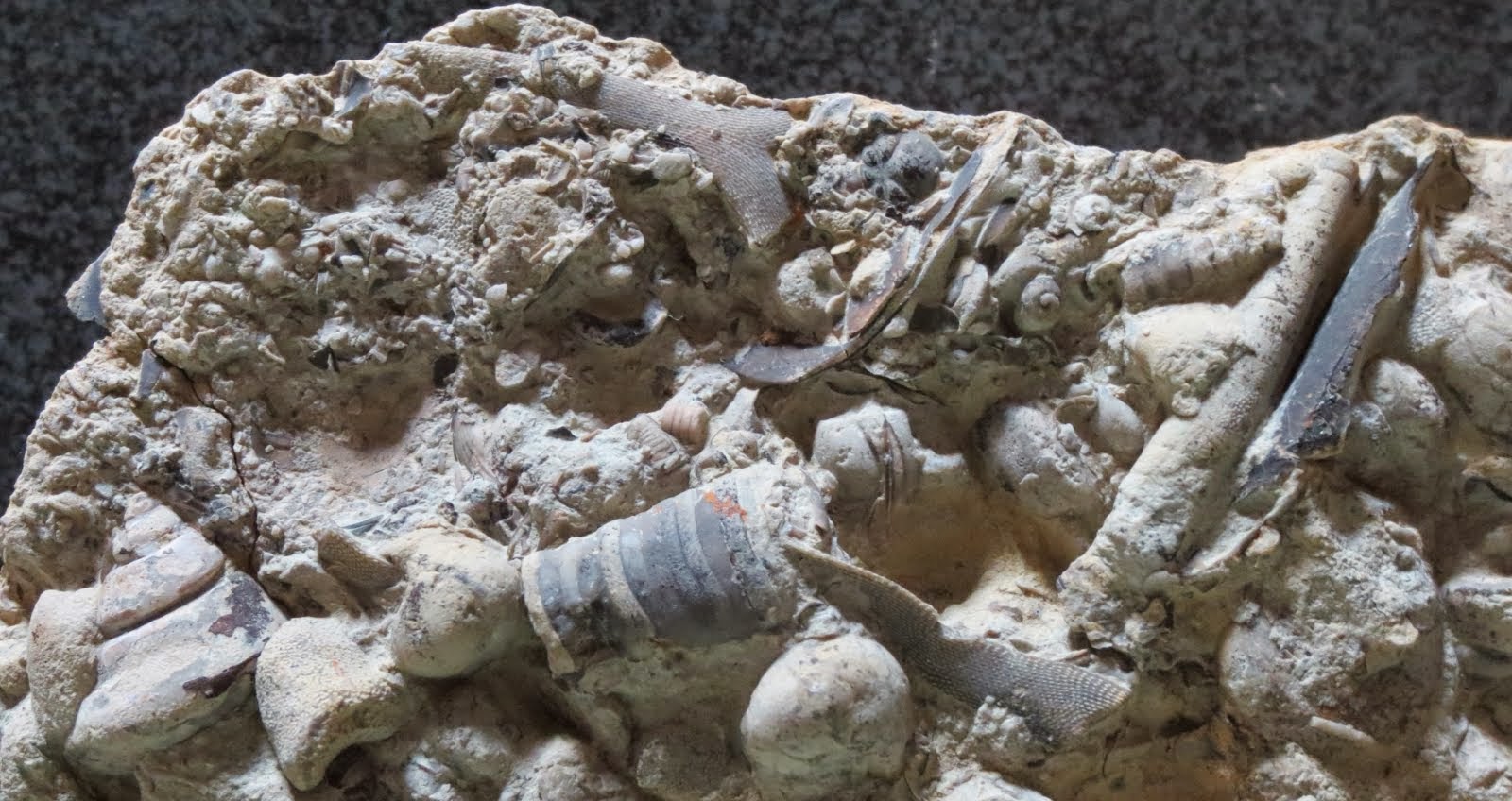Did you know that the fossilized crinoids we collect DIDN’T go extinct? They are with us today as “Feather Stars” and “Sea Lilies”, virtually unchanged for over 500 million years! Wiki entry, “Sea lilies refer to the crinoids which, in their adult form, are attached to the sea bottom by a stalk.[4] Feather stars[5] or comatulids[6] refer to the unstalked forms.”
This is my FAVORTIE crinoid video! Check out YouTube for other crinoid videos – They come in wonderful vibrant colors!
It is unusual to find a whole crinoid. Most often you will find stem parts. Stem parts usually can’t be IDed, but if you are lucky enough to find a crinoid with a calyx (head) and arms you can often get it IDed on thefossilforum.com (sidebar link). A great place to look at wonderfully prepared crinoids is on Crinus’ site which also has a side bar link.
Wiki has some great information on crinoids.
Anatomy of a Crinoid

